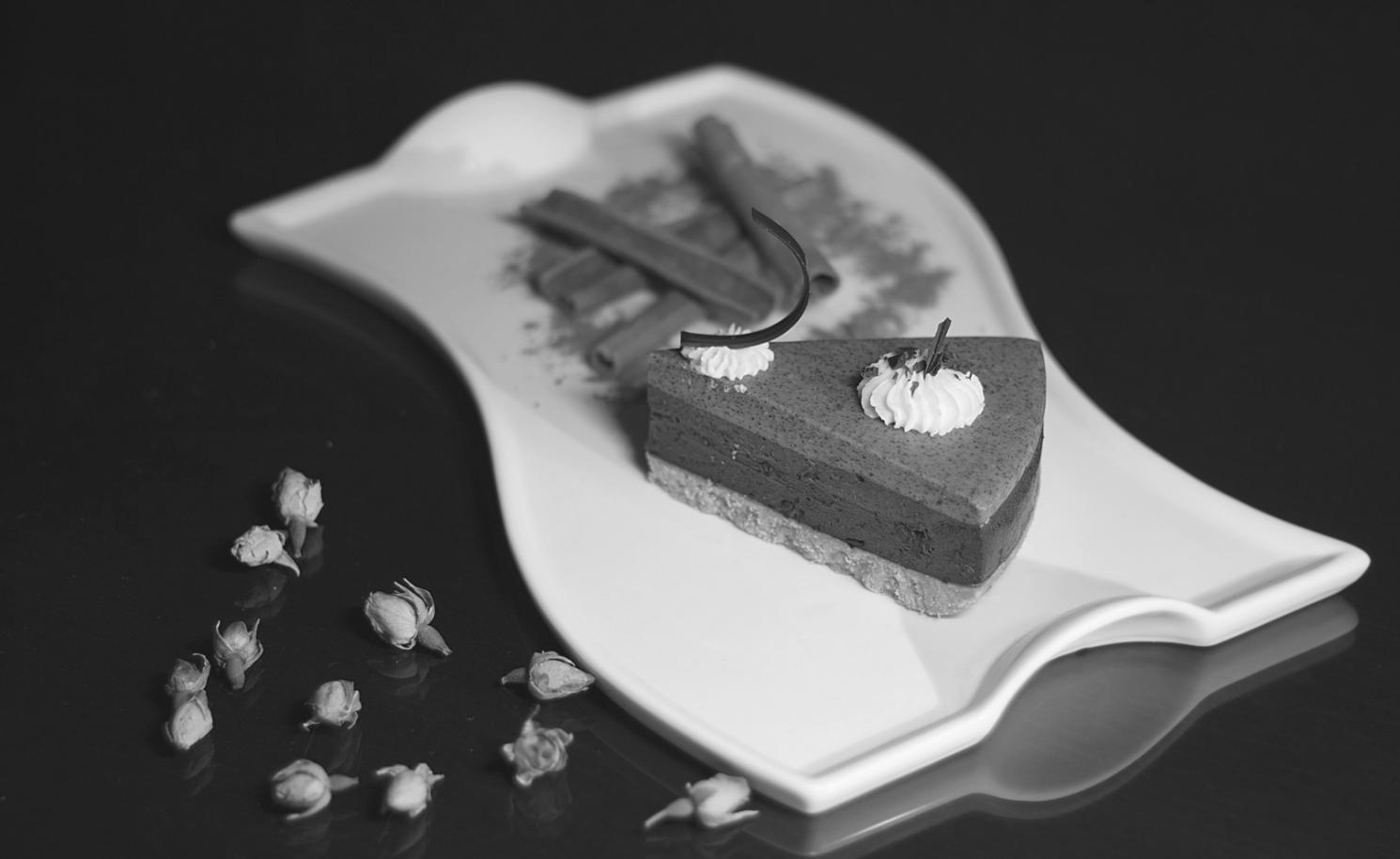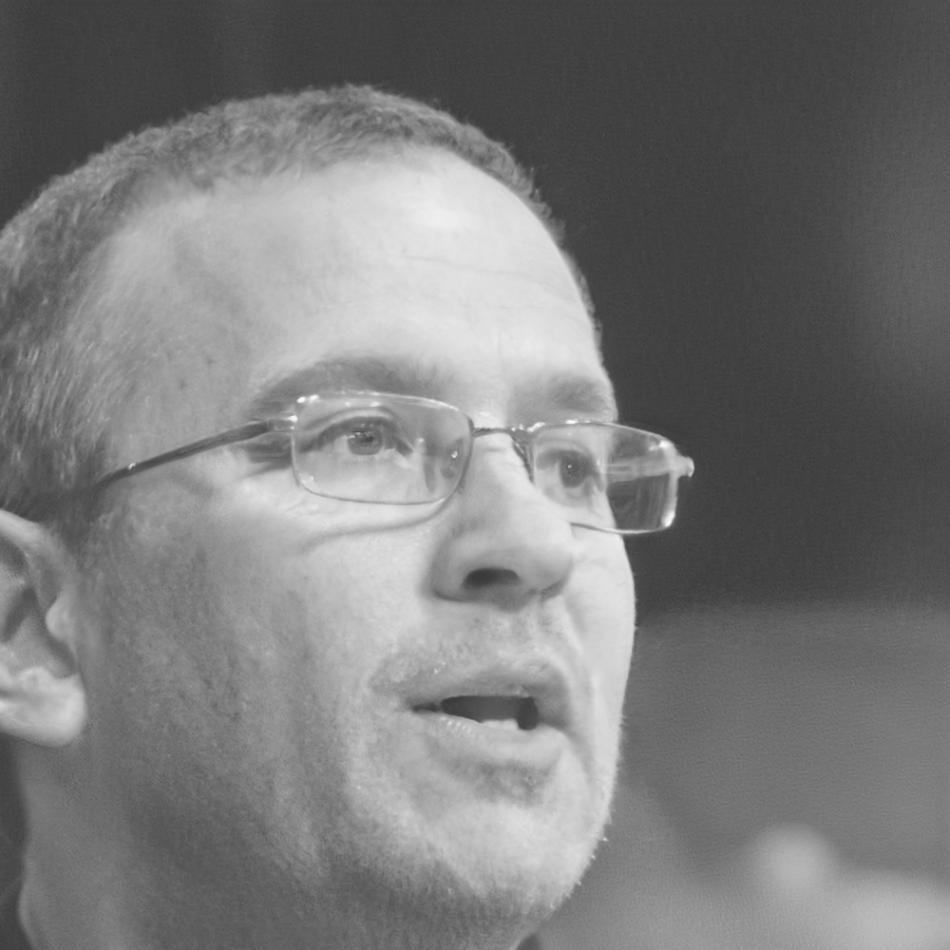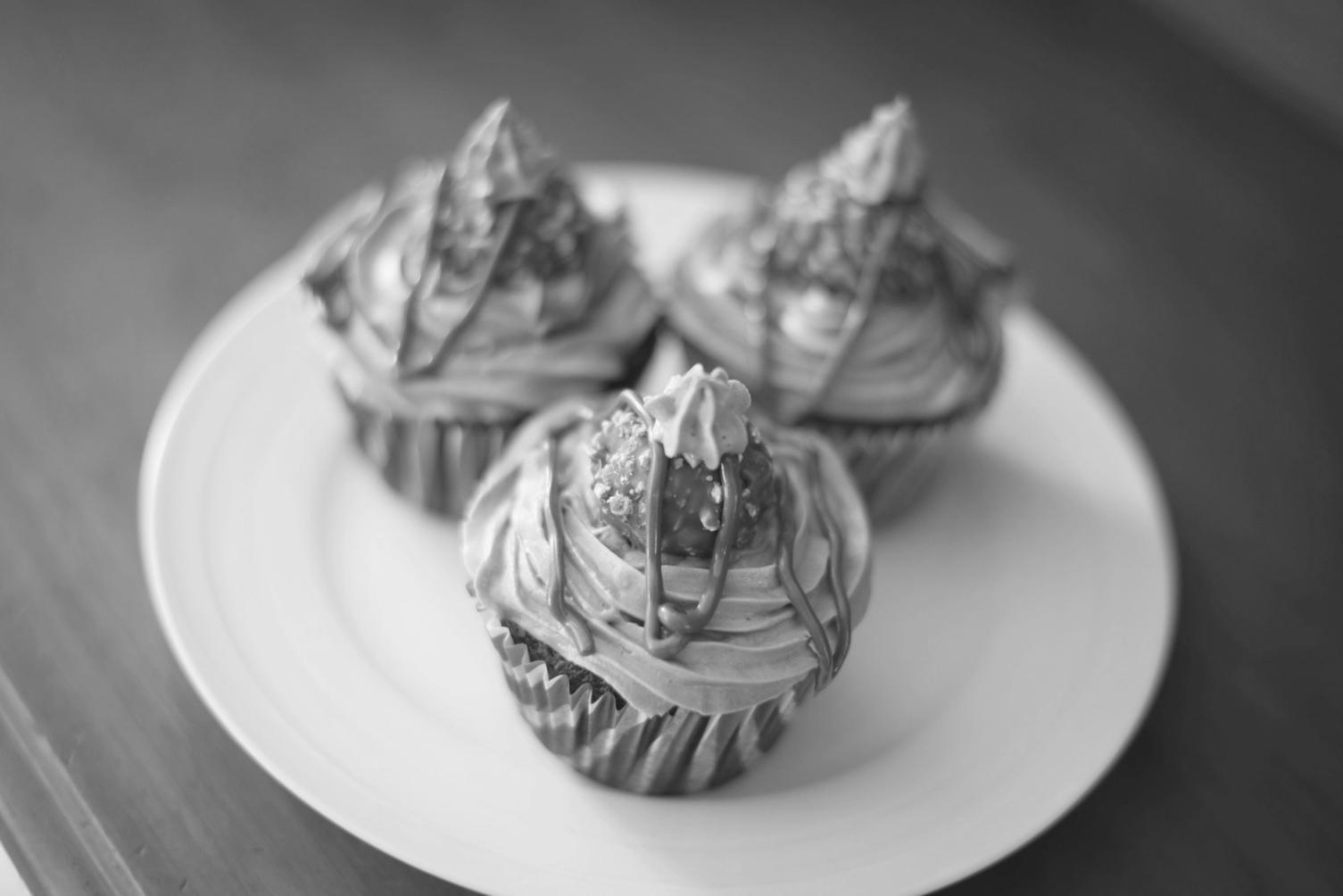Remote Learning Tips
Master the art of learning culinary skills from anywhere with our proven techniques for remote education success. These tips will help you create the right environment, mindset, and approach to excel in your online culinary journey.
Creating Your Optimal Learning Space
The environment you create dramatically impacts your ability to focus and retain information. Here's how to set up a space that works for you.
Designate a Kitchen Learning Zone
Find a dedicated kitchen space where you can spread out ingredients and equipment without interruptions. Even a small corner works! The key is consistency — your brain will associate this area with focused learning over time.
Optimize Your Camera Setup
Position your device at eye level, slightly angled down toward your work surface. Try using a tripod or stack of books. Good lighting is crucial — natural light from the side (not behind you) works best for showing techniques clearly.
Minimize Distractions
Turn off notifications during class time. Let family members know you're in a session. Some background noise is fine — music without lyrics can actually improve focus for many people. Just keep it low enough to hear instructions.

Pre-organize Ingredients
Set up your mise en place (everything in place) before class starts. Measure ingredients, prep equipment, and arrange your workspace so everything's within reach. This prevents the frustration of falling behind during demonstrations.
Create a Sensory-Rich Environment
Cooking engages all senses. Keep reference items nearby — herb plants, spice jars to smell, or texture samples to touch. These sensory anchors help bridge the gap between virtual instruction and physical cooking.
Plan for Technology Hiccups
Test your internet connection before class. Have a backup device charged and ready. Keep instructor contact information handy in case you need to reconnect. Remember, technical issues happen to everyone — stay patient!
Expert Guidance
Learning from our experienced instructors who have mastered the art of remote culinary education.

Chef Marcus Reynolds
"Remote learning isn't just a substitute for in-person classes — it's a unique opportunity to develop your skills in your own kitchen, at your own pace. I've found that students who embrace the differences rather than fighting them often make the most progress. My best advice? Be kind to yourself. You might mess up a technique the first few times, but that's where the real learning happens. Take photos of your process and results; reviewing your progress over time is incredibly motivating."
Get Personalized AdvicePractical Learning Strategies
Beyond the basics, these approaches will help you get the most from your remote culinary education.
Active Participation
- Ask questions during live sessions — instructors love engaged students, and your question probably helps others too
- Take screenshots of key moments in demonstrations to reference later
- Share your results in class forums — getting specific feedback on your work accelerates improvement
- Find a cooking buddy in your class to practice with virtually between sessions
Effective Note-Taking
- Create a cooking journal with entries for each technique you learn — include what worked, what didn't, and ideas for next time
- Use the Cornell method: divide notes into cues, notes, and summary sections for better retention
- Draw simple diagrams of complex knife skills or plating arrangements
- Record voice notes immediately after class while insights are fresh

Deliberate Practice
- Schedule 30-minute practice sessions between classes to reinforce techniques
- Focus on one skill at a time — mastering a single knife cut is better than practicing several poorly
- Record yourself practicing, then watch it back to spot areas for improvement
- Create variations of class recipes to deepen your understanding of flavor principles
Mindset for Remote Learning Success
Your approach and attitude can make all the difference in your remote culinary education.
Embrace Imperfection
Remote learning means instructors can't physically correct your technique in real-time. Accept that your first few attempts might not look perfect — that's normal! Focus on progress, not perfection. Every mistake is a chance to learn something specific.
Build Learning Communities
Form small study groups with classmates. Schedule virtual cooking sessions where you prepare dishes together. Share photos of your results. The accountability and shared tips make a huge difference in motivation and problem-solving.
Connect Theory to Practice
After learning a new technique, immediately think of three ways you could apply it to dishes you already make. This mental exercise helps cement new knowledge by connecting it to your existing cooking framework.
Create Personal Challenges
Set weekly mini-challenges for yourself beyond class assignments. Maybe it's mastering a tricky garnish or improvising with seasonal ingredients. These self-directed projects keep learning dynamic and personally meaningful.
Develop a Pre-Class Ritual
Create a consistent routine before each session — maybe it's reviewing previous notes, setting intentions for what you want to learn, or simply cleaning your workstation. Rituals signal to your brain it's time to focus and learn.
Document Your Journey
Take before and after photos of your dishes. Keep samples of your work organized by date. This visual record will not only boost your confidence when you can see progress but also help identify patterns in techniques you've mastered or need to revisit.